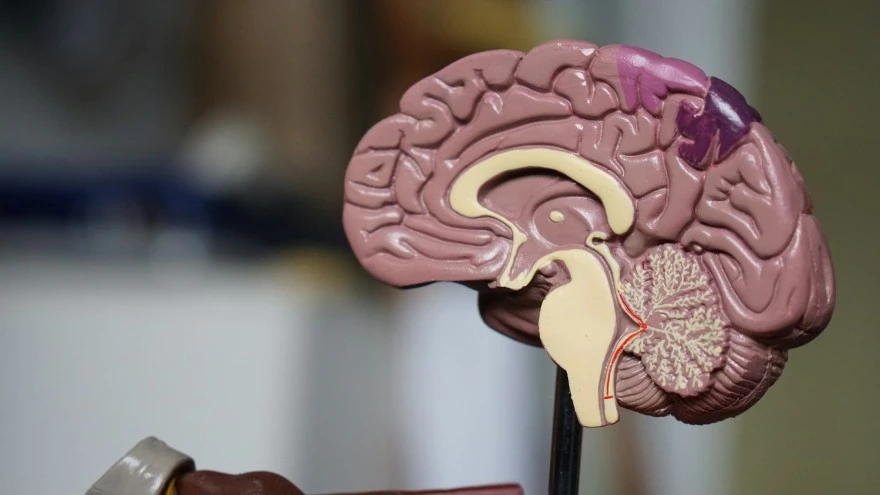Disease
Rise & Shine: All you need to know about Vitamin D

Over 70% of the population deficient in Vitamin D
Do you experience regular body aches and feel tired all the time, for no plausible reason? There’s a good chance your body may be lacking a sizeable amount of Vitamin D. Detailed research and data analysis of over 103563 samples during the last 5 years in Chennai, between the age group of 0 to 80, has revealed the alarming extent of the Vitamin D crisis. A majority of the people tested (60%) displayed symptoms of insufficient Vitamin D presence. About 20% of the population was declared as being deficient while a rare 1% suffered from hyper-vitaminosis. Only 16% of the total population had sufficient levels of Vitamin D, but shockingly, this range featured the least number of children aged 10 to 20.
Why do we need Vitamin D?
Popularly known as the ‘Sunshine Vitamin’, Vitamin D is produced by the body in response to the skin being exposed to sunlight. It rarely occurs in nature otherwise, though few foods have been credited to being good sources of the vitamin. As a fat-soluble type of vitamin, it is stored in the body tissue and helps us utilize the calcium from our diet. Vitamin D deficiency or insufficiency can lead to bone mineralization, which may in turn result into bone softening diseases. Rickets, for example, is common in children with severe deficiency and conditions like osteomalacia and osteoporosis in adults.
Why are we deficient in Vitamin D?
It is easy to wonder how such a large population lacks a nutrient available abundantly and freely in nature. The recent spike in the trend of Vitamin D deficiency, not just in India but globally, may be attributed lack of physical activity and closed-door work life. A large chunk of the population is working desk-jobs limiting their movement and consequent exposure to the sun. Kids these days have started staying in with digital game rather than sweat morning to evening kicking a football around. Increased consumption of adulterated and processed foods has also weakened our bodies, which had resulted into insufficient synthesis of Vitamin D.
One of the major challenges in identifying and overcoming this health concern is that a majority of the population is not even aware that they may be deficient. People are quick to ignore symptoms such as fatigue and ache or attribute it to stress. Recent studies in India indicate that despite exposure to sunlight for 30 minutes, the body cannot reach adequate levels of vitamin D. One theory also suggests that this could be due to our ethnicity and dark complexions, in addition to excessive use of sun blocking products.
Whatever the underlying cause may be there is a clear need for supplementing the diet and fortify it with Vitamin D. Certain foods with high Vitamin D content are fish, beef liver, egg yolks. Vegetarians can consume almond milk, soymilk, orange juice, cereals and mushrooms.
Testing and management
The modern, urban lifestyle doesn’t actively allow us to consume the right foods or give us time to get the daily dose of sunshine required by the body to create Vitamin D. Hence, it is important to get tested for vitamin deficiencies or insufficiencies and seek medical help to correct the condition.
























